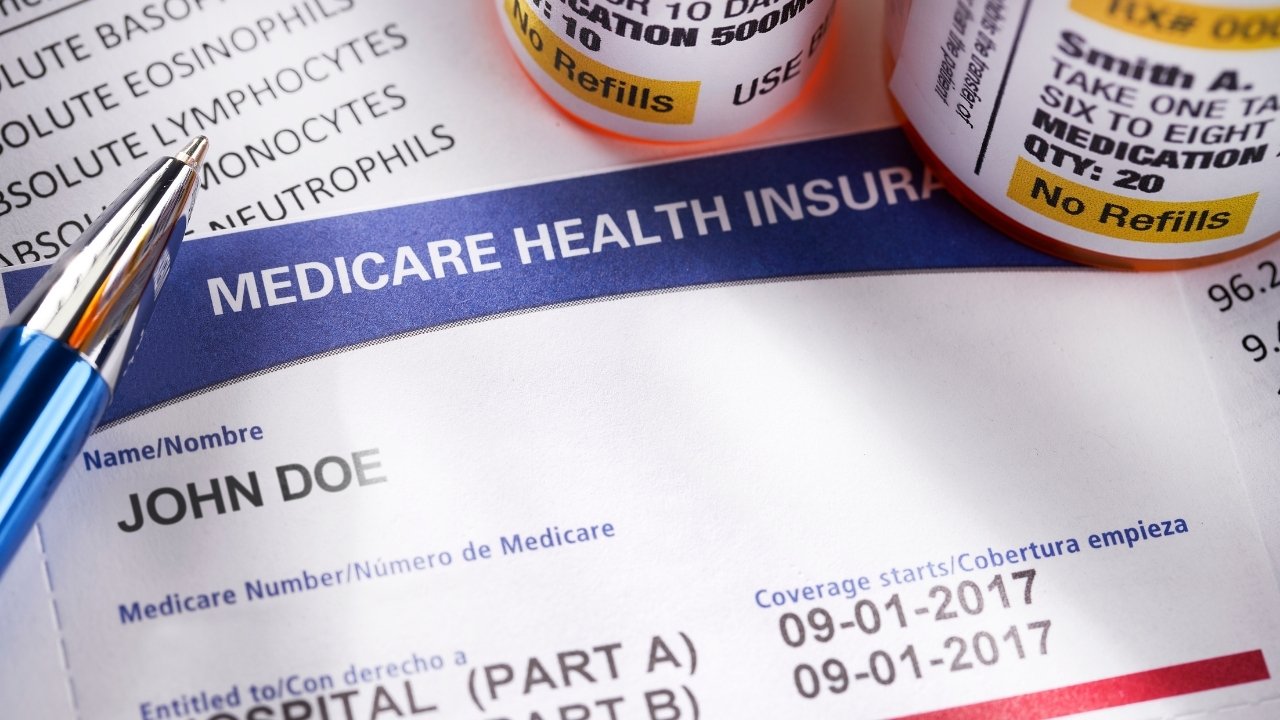Many older Americans are unknowingly forgoing up to $2,400 in annual savings available through the Medicare Savings Programs (MSPs), according to healthcare policy data. These programs, offered nationwide, are designed to help low- and moderate-income Medicare beneficiaries pay for premiums, deductibles, and other out-of-pocket costs.
Despite the potential for significant financial relief, enrollment remains low. Analysts point to limited awareness, complex application procedures, and outdated assumptions about eligibility as key reasons why benefits often go unclaimed.
Table of Contents
Most Seniors Missing Out on $2,400 Social Security Benefit
Medicare Savings Programs operate through state Medicaid agencies with federal funding. Each program targets a specific group of beneficiaries and provides different levels of assistance.
| Program | Assistance Provided | Potential Annual Savings |
|---|---|---|
| Qualified Medicare Beneficiary (QMB) | Pays Part A & B premiums, deductibles, coinsurance, and copayments; protects against balance billing. | $2,400 or more |
| Specified Low-Income Medicare Beneficiary (SLMB) | Pays Part B monthly premium. | Around $2,000 |
| Qualifying Individual (QI) | Pays Part B premium; limited annual funding on a first-come basis. | Around $2,000 |
| Qualified Disabled and Working Individuals (QDWI) | Covers Part A premiums for certain working disabled individuals. | Varies |
QMB offers the broadest coverage, while SLMB and QI focus on reducing Part B costs. QDWI serves a narrower population of working disabled beneficiaries who have lost premium-free Part A coverage.
Eligibility in 2025
Income and asset limits determine who can participate. Federal guidelines set the baseline, though many states raise the limits or eliminate asset caps entirely.
| Program | Monthly Income Limit (Individual) | Monthly Income Limit (Couple) | Asset Limit (Individual) | Asset Limit (Couple) |
|---|---|---|---|---|
| QMB | $1,255 | $1,704 | $9,660 | $14,470 |
| SLMB | $1,500 | $2,040 | $9,660 | $14,470 |
| QI | $1,695 | $2,300 | $9,660 | $14,470 |
| QDWI | $4,945 | $6,659 | $4,000 | $6,000 |
Some resources, such as a home, one vehicle, or burial funds, are typically excluded from the countable asset total.
Why Benefits Go Unclaimed
Policy experts highlight several recurring issues behind low participation rates:
- Minimal public outreach from Medicare and Medicaid agencies.
- No automatic enrollment, requiring individuals to initiate applications.
- Misunderstandings about income and asset limits leading to false assumptions of ineligibility.
- Paperwork and documentation requirements that discourage applications.
- Annual changes to eligibility rules that many seniors fail to track.
These factors combine to leave millions in unclaimed benefits each year.
Added Value Beyond Premium Assistance
Enrolling in an MSP automatically qualifies beneficiaries for the Extra Help program, which reduces Medicare Part D prescription drug costs. Benefits include zero or reduced premiums, lower copayments, and elimination of late enrollment penalties. QMB participants also gain legal protection from balance billing, shielding them from unexpected charges by providers.
How to Apply
Each state’s Medicaid office processes applications. Seniors can verify eligibility through tools like BenefitsCheckUp.org or with assistance from State Health Insurance Assistance Programs (SHIP). Early application is especially important for the QI program, as funding is capped and awarded on a first-come basis.
For QMB, benefits begin the month after approval, while SLMB and QI can be retroactive for up to three months, offering immediate financial relief.




